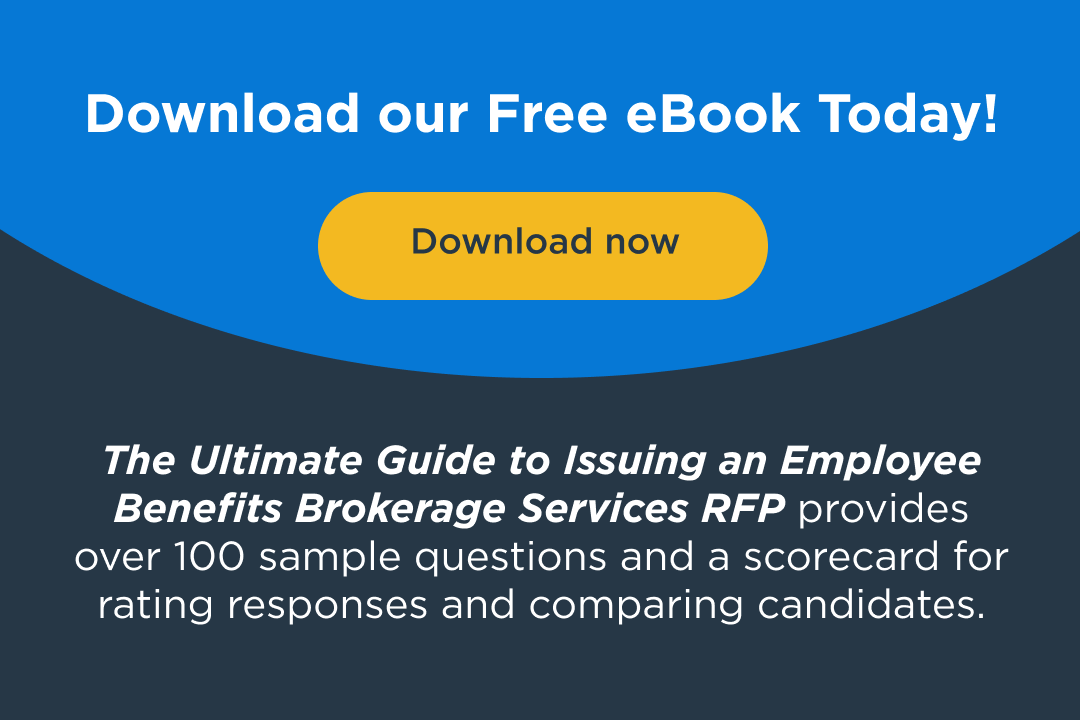How to Boost Employee Engagement in Wellness Programs to Lower Healthcare Costs
May 20, 2025

Employee wellness programs have come a long way from step challenges and health screenings. Today, they play a pivotal role in helping organizations manage rising healthcare costs by promoting healthier lifestyles and reducing the risk of chronic conditions. Yet, many employers still struggle to get their workforce meaningfully engaged in these programs — which limits their impact.
So how can companies encourage employees to actually use wellness resources in a way that benefits both personal health and the company’s bottom line?
Why Engagement Matters
Wellness programs aren’t just feel-good perks. When done right, they can improve employee productivity, reduce absenteeism, and most importantly, help lower overall medical claims. Chronic conditions like diabetes, heart disease, and obesity drive a large portion of healthcare costs, and many of these are preventable or manageable with early intervention and lifestyle changes.
But a wellness program only works when employees participate. Engagement is the key to realizing long-term cost savings and better health outcomes.
Strategies to Boost Wellness Program Participation
1. Meet Employees Where They Are
Wellness isn’t one-size-fits-all. Some employees may be focused on physical fitness, while others may be dealing with stress, caregiving challenges, or mental health issues. Offering a variety of resources—fitness incentives, mental health support, financial wellness tools, nutrition coaching—ensures broader appeal and accessibility.
2. Incentivize the Right Behaviors
Small rewards can go a long way. Consider offering incentives for completing health risk assessments, attending wellness webinars, or participating in preventive screenings. Gift cards, lower insurance premiums, or contributions to an HSA or FSA can motivate behavior change and increase participation.
3. Leverage Technology
Apps, wearables, and wellness platforms make it easier than ever for employees to track progress and engage with wellness initiatives. Employers can use digital dashboards to gamify wellness challenges, track engagement, and provide real-time feedback.
4. Promote the “Why” Behind Wellness
People are more likely to engage when they understand what’s in it for them. Emphasize that wellness programs aren’t about checking boxes—they’re about improving energy levels, reducing stress, avoiding long-term health issues, and achieving a better quality of life.
5. Embed Wellness Into Company Culture
Leadership buy-in is critical. When executives and managers actively participate in wellness programs and communicate their support, it sends a strong message. Consider hosting company-wide wellness days, “walking meetings,” or shared fitness goals.
6. Keep It Simple and Accessible
Complex or confusing programs are a barrier. Make sure it’s easy for employees to sign up, know what’s available, and get started. Regular communication—emails, digital portals, or QR codes at workstations—can help.
The Bottom Line
When employees are healthier, everyone wins. Employers see lower healthcare costs, improved productivity, and better retention, while employees benefit from more energy, lower stress, and fewer medical issues. But these benefits only materialize with thoughtful program design and real employee engagement.
If you’re not seeing the wellness participation—or cost savings—you hoped for, it may be time to rethink your strategy. That’s where a trusted partner like HUB Southwest can help. With deep expertise in employee benefits strategy, wellness program design, and cost containment solutions, HUB Southwest can help you build a wellness program that drives real results—for both your employees and your bottom line.


